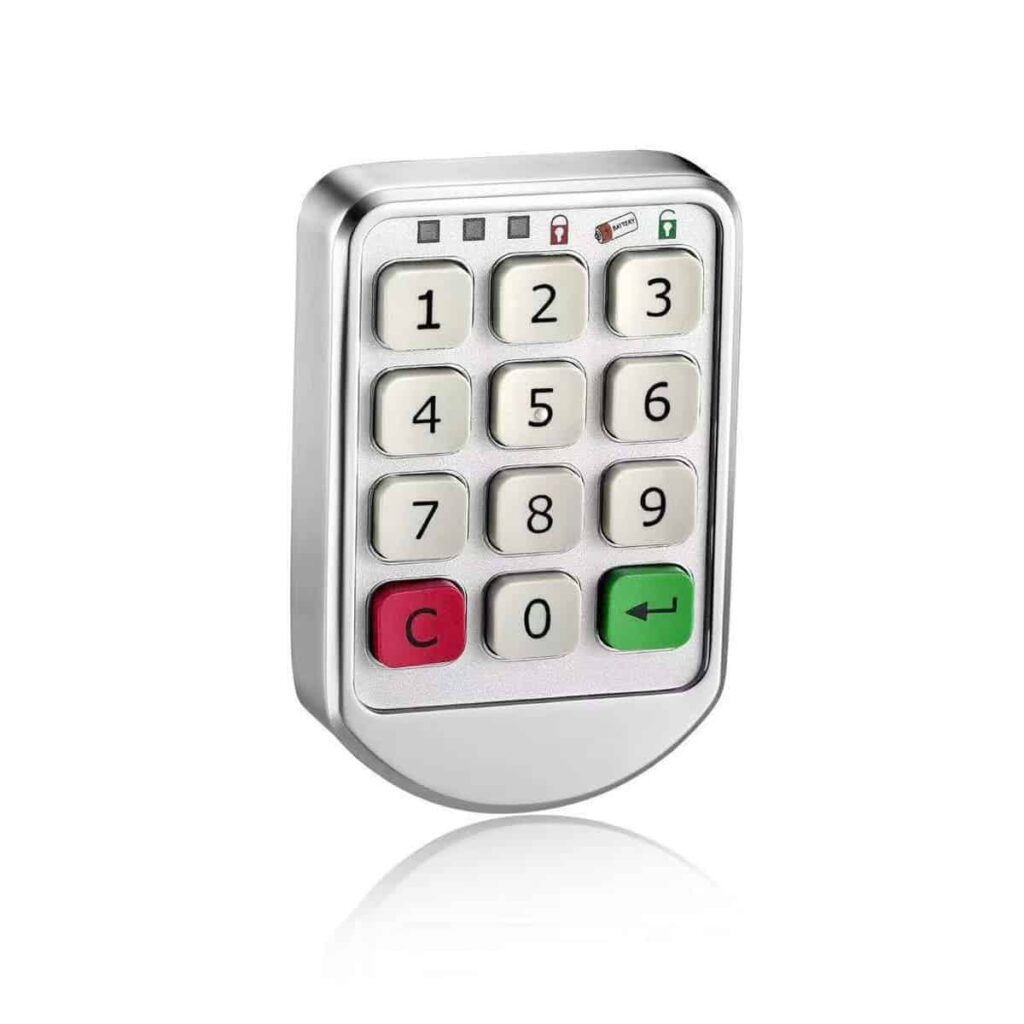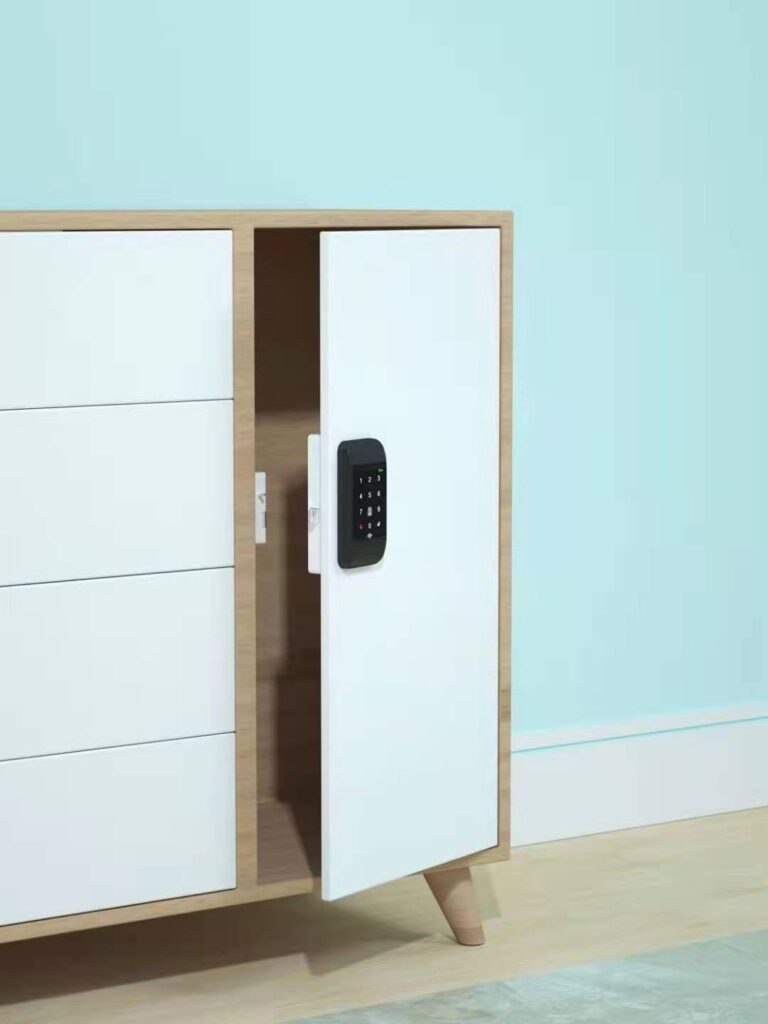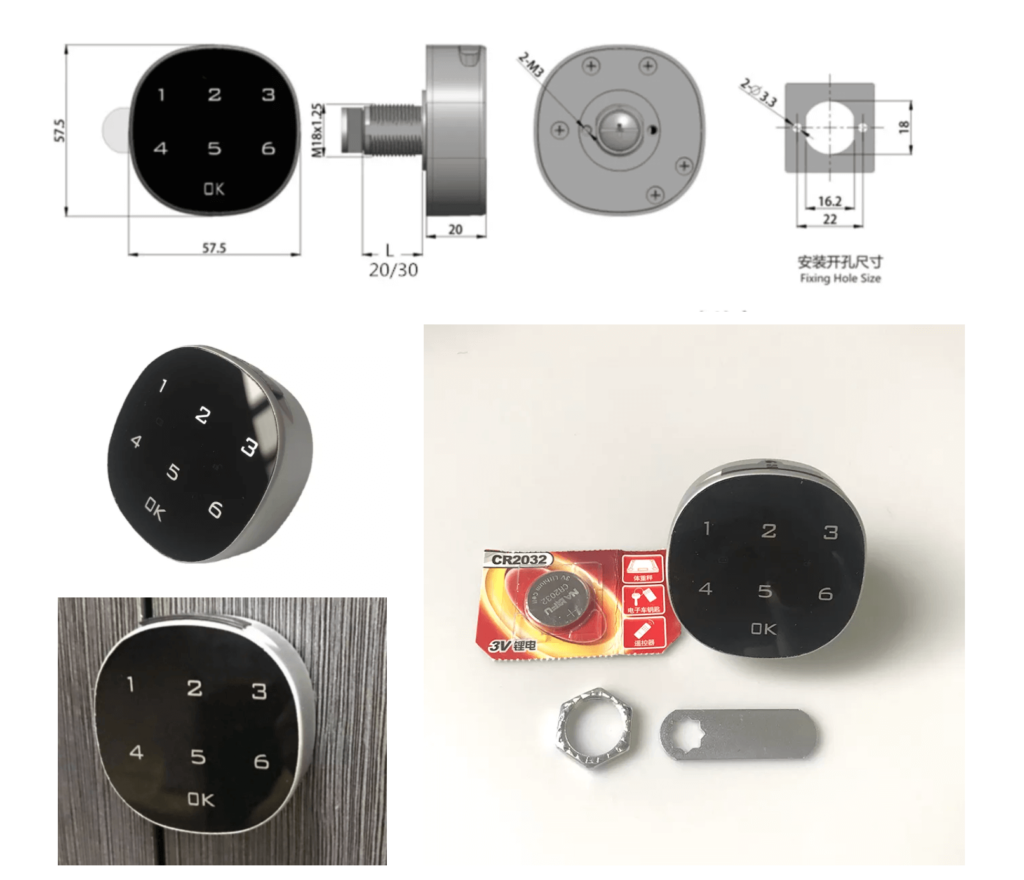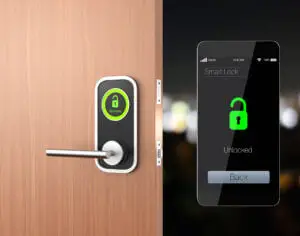Lockers have been around since the early days and continue to form a vital part of our daily lives. Whether at school or at work, we rely on lockers to keep our belongings secure while we carry out our activities.
However, with different types of locker locks available, it can become quite challenging to understand what works best for you.
In this guide, we’ll provide answers to frequently asked questions about locker lock types and help you choose the right locker lock that meets your needs.
What are Locker Locks?
Locker locks refer to devices that secure lockers by preventing unauthorized access to the contents within the locker.
What are the Benefits of Using Different Types of Locker Locks?
Different types of locker locks offer various benefits depending on their design and functionality.
Below are some popular types of locker locks and their advantages:
Combination Locks
Combination locks are commonly used in schools or public places because they require no keys, making them convenient for users not carrying any items other than those in their lockers.
Advantages
- The mechanical combination locks allow only authorized personnel to access a particular locker. A combination lock is also considered a high-security lock.
- The absence of keys makes combination locks difficult for burglars trying to gain entry into multiple lockers simultaneously.
Keyed Locks
Keyed locks are one of the most common types of locker locks. They function by requiring a master key access to unlock and access the contents of the locker.
Advantages
- Keyed locks offer high levels of security since only those with the right keys can access the lockers.
- These key locks come in various designs, ranging from padlocks to cam-locks that are easy to install.

Electronic Locks
Electronic locks use 3-digit, 4-digit, or even more complex codes that one needs to enter on a keypad or through a mobile app for remote unlocking. These locks are a fantastic keyless locking option.
Advantages
- Electronic Locker Locks allow you to change your code periodically, unlike mechanical combination or keyed locks.
- With these types of locker locks, there is no need for physical keys leading them ideal for co-working spaces.
- A high-tech keyless lock with the potential to integrate high-tech solutions like fingerprint or RFID.
Padlock Style Locks
Padlocks require a user’s input either through a different kind like combos, keyed individually or opened with phone apps, etc.
Advantages
- The ease of operations provided by padlock-style lock makes it ideal for schools and gyms or any other place where multiple users require quick access
Each type brings forth advanced features which add up to safeguarding our belongings stored inside. It mainly depends on the secure access lock type’s sturdiness and safety levels, such as durability, resistance to tampering, and weather protection.

Are Smart Locks Suitable for Locker Protection?
Smart locks provide an advanced form of security by offering different variations, such as remote unlocking through mobile apps or electronic keypads instead of using traditional mechanical keys. They allow authorized personnel quick access without having to carry around physical keys.
Such smart lock features allow the creation and management of permissions allowing management more options and control over storage space in case shared spaces like common areas are used by multiple people.
Should I Choose Combination Locks Over Keyed Locker Locks?
Your choice between combination locks Vs. Keyed locker locks depend on preference or specific requirements based on certain factors such as users’ convenience, level of security required, etc.
Combination locks offer ease in operations, while keyed locks offer stronger levels for the most part, but they come with mutually exclusive features. If you need the highest level of security, you can also consider the hardwired locker locks feature.
Which Type Of Locker Lock Should I Choose for a Gym Setting?
In gym settings where multiple people will use the lockers, padlock-style locks or combination locks are suitable as they provide quick and straightforward access.
Electronic Locks also have started gaining popularity as it allows management to monitor entrance procedures.

What Kinds of Locks Should I Use for Employee Locker Rooms?
Employee locker rooms would require a higher level of security. Therefore, keyed locking mechanisms such as cam locks or electronic locks with unique codes assigned to each employee are ideal due to their high-security levels.
When it comes to choosing locks for employee locker rooms, there are a few different types of locks that can be effective, depending on the specific needs of your workplace. Here are some options to consider:
- Combination locks: These locks use a numeric code to secure the locker, which can be set by the user. Combination locks are easy to use and can be changed frequently if needed. However, if an employee forgets their combination, it can be difficult to retrieve.
- Key locks: These locks require a key to open, which can be assigned to individual employees. Key locks can be effective if you want to ensure that only certain employees have access to certain lockers. However, if a key is lost or stolen, it may be necessary to re-key all of the locks in the locker room.
- RFID locks: These locks use radio-frequency identification technology to open the locker. Employees can use a key fob or access card to unlock their locker. RFID locks can be convenient and secure, but they may be more expensive than other types of locks.
- Biometric locks: These locks use a person’s unique physical characteristics, such as a fingerprint or iris scan, to open the locker. Biometric locks are highly secure, but they can be expensive and may require specialized equipment to install and maintain.
Ultimately, the type of lock you choose will depend on factors such as the size of your locker room, the number of employees who will be using the lockers, and your budget. It may be helpful to consult with a security expert to determine the best lock solution for your workplace.
What Additional Features Should I Look Out for in A Locker Lock?
Some units come with additional features like audits and trail reports for advanced management control and tracking purposes, which works well in business offices and shared spaces.
Others have panic buttons to enable easy unlocking from the inside in case someone gets locked inside. Also, some high-tech locker locks come with Bluetooth connectivity or mobile apps, which allow for remote monitoring and control of access. You should consider features that are relevant to your specific use case when selecting the appropriate locker lock type.
In addition to the type of lock, there are several features you may want to consider when choosing a locker lock for an employee locker room. Here are some additional features to look for:
- Durability: Employee locker rooms can see heavy use, so you’ll want to choose a lock that is durable and able to withstand wear and tear. Look for locks made from high-quality materials, such as stainless steel or brass, and check for a warranty or guarantee.
- Tamper-proof design: To ensure the security of employees’ belongings, look for a lock with a tamper-proof design. This could include features such as hidden shackles or hardened steel construction to prevent cutting or prying.
- Master key override: Depending on your needs, you may want to consider a lock that can be opened with a master key. This can be useful in case an employee loses their key or forgets their combination.
- Audit trail: For added security, consider a lock with an audit trail feature that can track when the locker was opened and by whom. This can be useful in case of theft or other security breaches.
- Ease of use: Finally, make sure the lock you choose is easy for employees to use. Consider features such as large numbers or letters on combination locks, or locks that can be opened with a key fob or card for added convenience.

Is It Easy To Install Locker Locks?
Installation difficulty varies based on the type of lock you choose, but most types come with simple installation procedures, often requiring no professional help.
Combination locks usually don’t need more than pushing a button, while keyed locks may have a higher complexity point in making sure the lock is lined up properly before tightening screws.
What Should I Do If My Locker Lock Malfunctions?
Locker lock malfunctions are uncommon but can still be frustrating if your problem relates to physical damage like breaking keys, stuck mechanisms, forgotten or lost keys, etc.
We recommend contacting professionals who could deliver specific services, but if it is simply not opening normally, which requires at minimum intervention, then instructing someone from office management or taking care of it yourself as per policies & standard operating procedures.
We also recommend that your locks have a manual key override in case of a total lock failure.
Conclusion
Selecting the right type of locker lock is essential in safeguarding your belongings stored inside the locker from thefts and prying eyes.
By understanding the different types of locker locks available and their respective advantages, one can make an informed decision when purchasing a new unit or upgrading existing ones – keeping convenience, security, and durability in mind.
Ultimately all of it depends on specific use cases because what may work for school lockers may not be optimal for employee locker rooms.
Therefore it is important to consider the environment where the locker will be used and the requirements/access restrictions that are desired.
Remember, regular maintenance can keep your locker locks working like new therefore follow any provided instructions or guide to ensure the longevity of the product. If users lose keys, immediately contact your security company.





